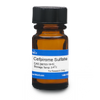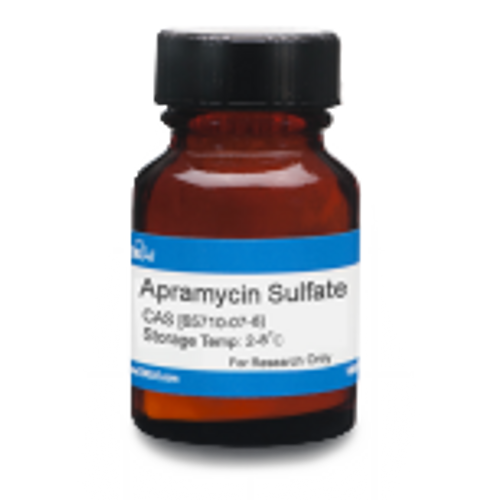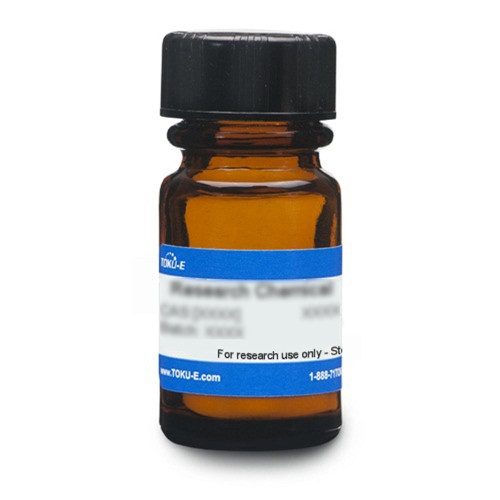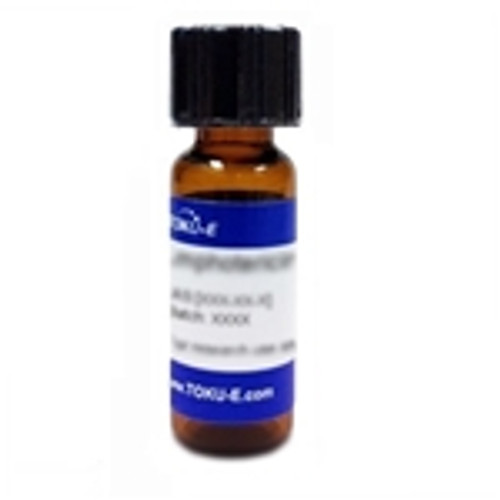Cefpirome Sulfate is the sulfate salt of Cefpirome, a semisynthetic, broad-spectrum, fourth-generation cephalosporin antibiotic that inhibits bacterial cell wall synthesis. Cefpirome is a β-lactam antibiotic consisting of a β-lactam ring bound to a dihydrothiazine ring. This two-ring system distorts the β-lactam amide bond, resulting in increased reactivity.
Cefpirome Sulfate is slightly soluble in DMSO.
We also offer:
- Cefpirome Sulfate Solubilized (C055)







